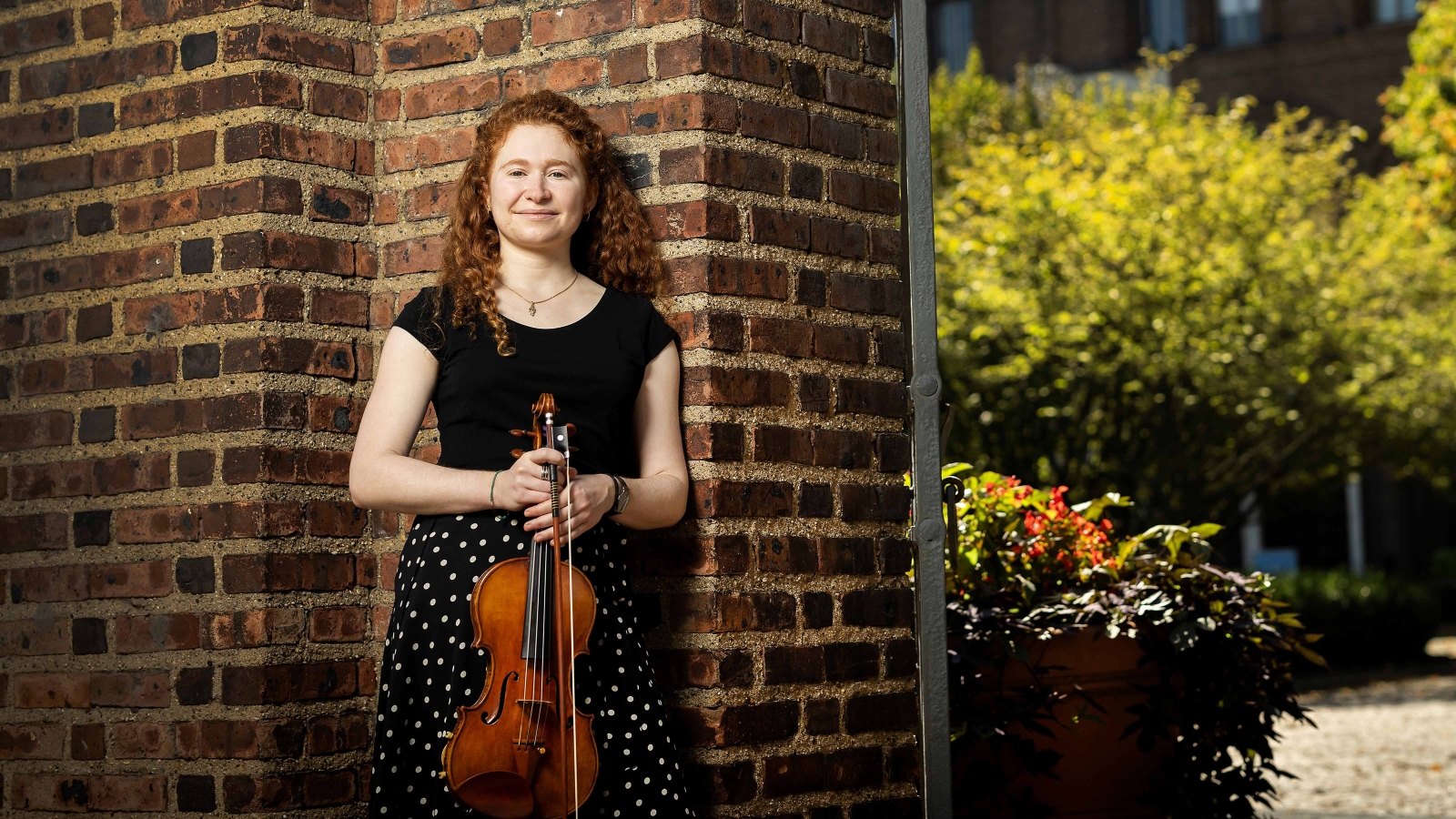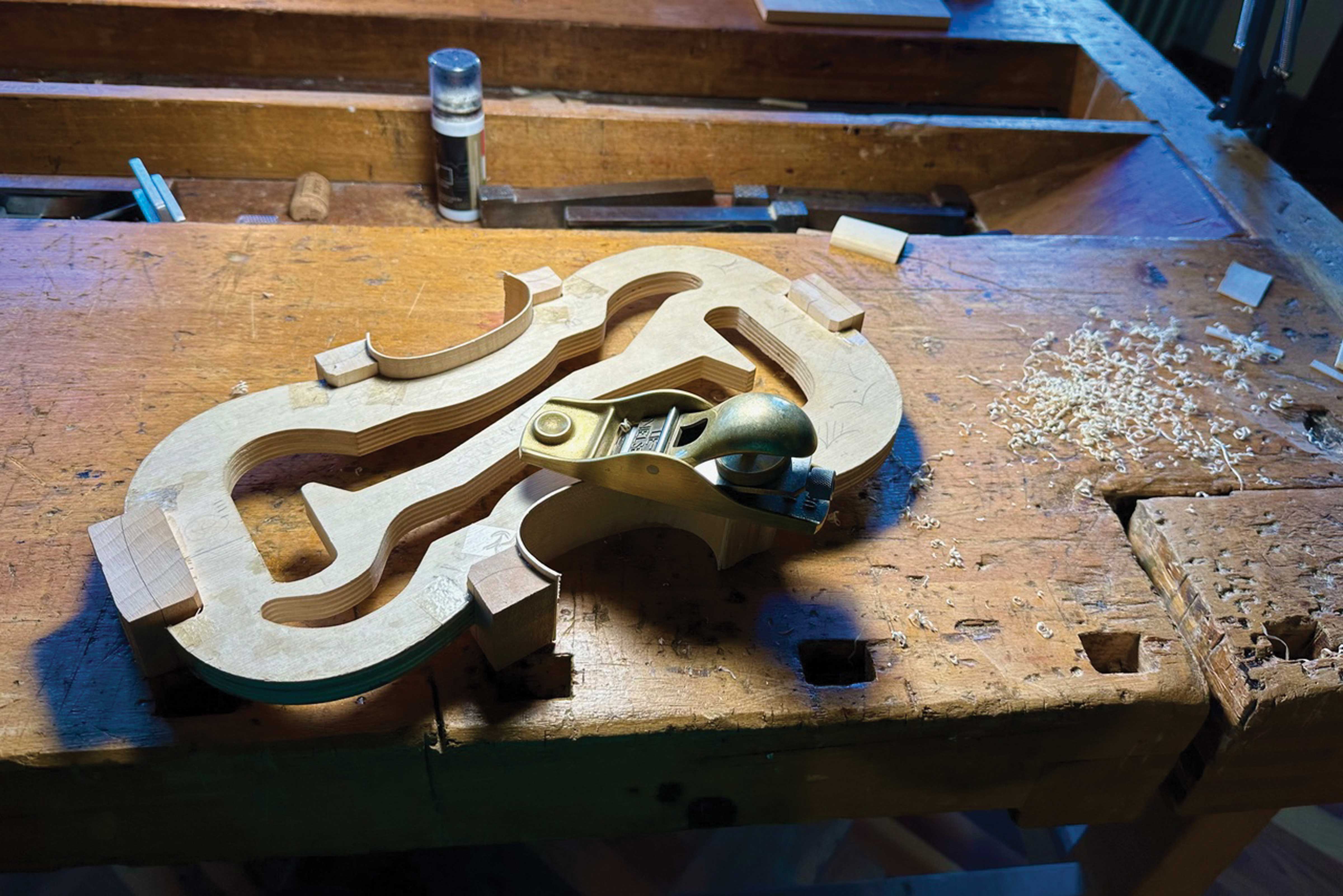Violin as Subject and Muse
Fifth-year Ph.D. student Juliet Glazer is examining the aesthetics, sound, and valuation of instrument-making in the U.S. and Italy.

Juliet Glazer, who grew up in New York City, was six when she started playing the violin, an instrument her mother and both grandfathers also played. Though her primary musical background is in violin and classical music, she also learned old-time fiddle and bluegrass.
Glazer, now a fifth-year joint Ph.D. candidate in anthropology and music, turned her love for the instrument into her research focus. Advised by Deborah A. Thomas, R. Jean Brownlee Professor of Anthropology, and Professor of Music Jairo Moreno, she is studying contemporary violinmaking in the United States and Italy.
“I wanted to find a project that engaged in some way with questions about craft,” she says. “How do we make social worlds by making material objects? What is materiality anyway?”
For her dissertation fieldwork, Glazer split her time between Boston, New York, and Italy, following violinmakers, instrument restorers, and dealers. Part of that included living for three months in Cremona, Italy, a city of 71,000 people with some 400 violinmakers, called luthiers. She spent six weeks of her time there in a school to learn violinmaking. (She made half a violin and says she hopes to finish.)

Glazer spent six weeks in a school in Italy learning how to make violins. Here, she is beginning to bend the violin’s sides around the internal form at center.
She’s also learned a great deal from talking to luthiers in all three places. For example, when the craft began in northern Italy in the 1500s and 1600s, makers had their own workshops and apprentices, who were often their sons. Antonio Stradivari—namesake of the famous Stradivarius violins—worked in Cremona with his sons. Today, however, violinmaking is not passed down through families but rather taught in schools. Many luthiers Glazer talked to in the U.S. spoke of a violinmaking boom there since the 1980s.
Between her background as a musician and a growing interest since entering graduate school in sound studies—thinking beyond music to practices of listening—Glazer began her fieldwork prepared to be a listener. But she was surprised at the visual orientation in the work of makers and restorers.
“Violinmakers build a different set of sensory skills than musicians, and often makers are not musicians,” she says. Instead, they are craftspeople and artisans. She adds, “I have always been really interested in craft and in art, material objects and the material world, and the ways in which we invest tangible, seemingly non-human objects with animacy.”



